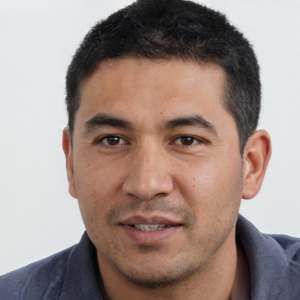Yoga for Every Body
Posted by pjjohsnon on November 20th, 2019
How is Yoga adapted to each person?
First, let’s look at some common causes of injuries:
• Biomechanical – alignment & form
• Achievement-oriented society – trying to get somewhere
• Impatient for results
• Peer pressure of class/teacher to attempt poses that they aren’t ready for; overriding signs of their “edge” and natural boundaries
• The hands-on adjustment from teachers
Join Yoga Teacher Training in India
All of these are missing the larger point of Yoga – it’s an internal state.
All yoga has the potential to be therapeutic under the following conditions:
• Be fully present, empower the student, ahimsa (2-way street)
• You are not there to “fix”
• Observe without judgment, not about perfect poses
• Create a safe space
• Workaround the pain
The main difference between a therapeutic approach and most other forms of yoga practice are:
1. Repetition into and out of postures in addition to holding poses.
2. Function rather than form in asana practice and the science of adapting the forms of the postures to achieve different results.
3. The breath is the medium for movement in asana and the science of adapting the pattern of breathing in poses to produce different effects.
4. Sequencing is the refined art and science of combination which allows teachers to create sequences of different orientation, length, and intensity to suit the intention and context of each practice.
The Secret of Sequencing:
• Identify the condition; Identify any release valves (3)
• Use biomechanical science to create a safer environment
• What is the purpose of the pose?
• Trust the simplicity of the movement
• Adapt the postures – change arms, change legs, change base (stance); explore body one side at a time; pause between sides and feel; different adaptations create different effects.
• Move with awareness and intention; "Are you practicing yoga or making an asana out of yourself?"
Principles to Engage the Extraordinary
• The body movement IS the breath movement. The breath is the current from which the pose flows.
• Inhale from above, exhale from below. The inhale creates Spinal Space and every exhale is bandha. (The muscles sealing in prana and heat from leaking out.)
• The breath starts and ends the movement. Move-in and out of the poses (4x) which creates a flowing vinyasa.
• Then hold the pose energetically for 4 breath cycles and use the Principle of Samasthiti as the blueprint for all other poses.
• Asana serves Bandha. Bandha serves Breath. Therefore, Asana serves Breath. Then you can deal with the Brain.
• Body + Breath + Brain = Yoga (the direct participation in the extreme intelligence that is YOU!)
Practicing and breathing in this way creates space in the body as well as a Plum Line of perfect alignment that allows for healthy functional movement. This repetition is a powerful tool to create new neuromuscular patterns (muscle memory or samskaras) to significantly improve your overall health and well being.
Learn To Know More About Yoga and Meditation So You Can Join 200 Hour Yoga Teacher Training in Rishikesh and Kundalini Yoga Teacher Training in Rishikesh and Aerial Yoga Teacher Training in Rishikesh Ayurveda Yoga Teacher Training in Rishikesh


